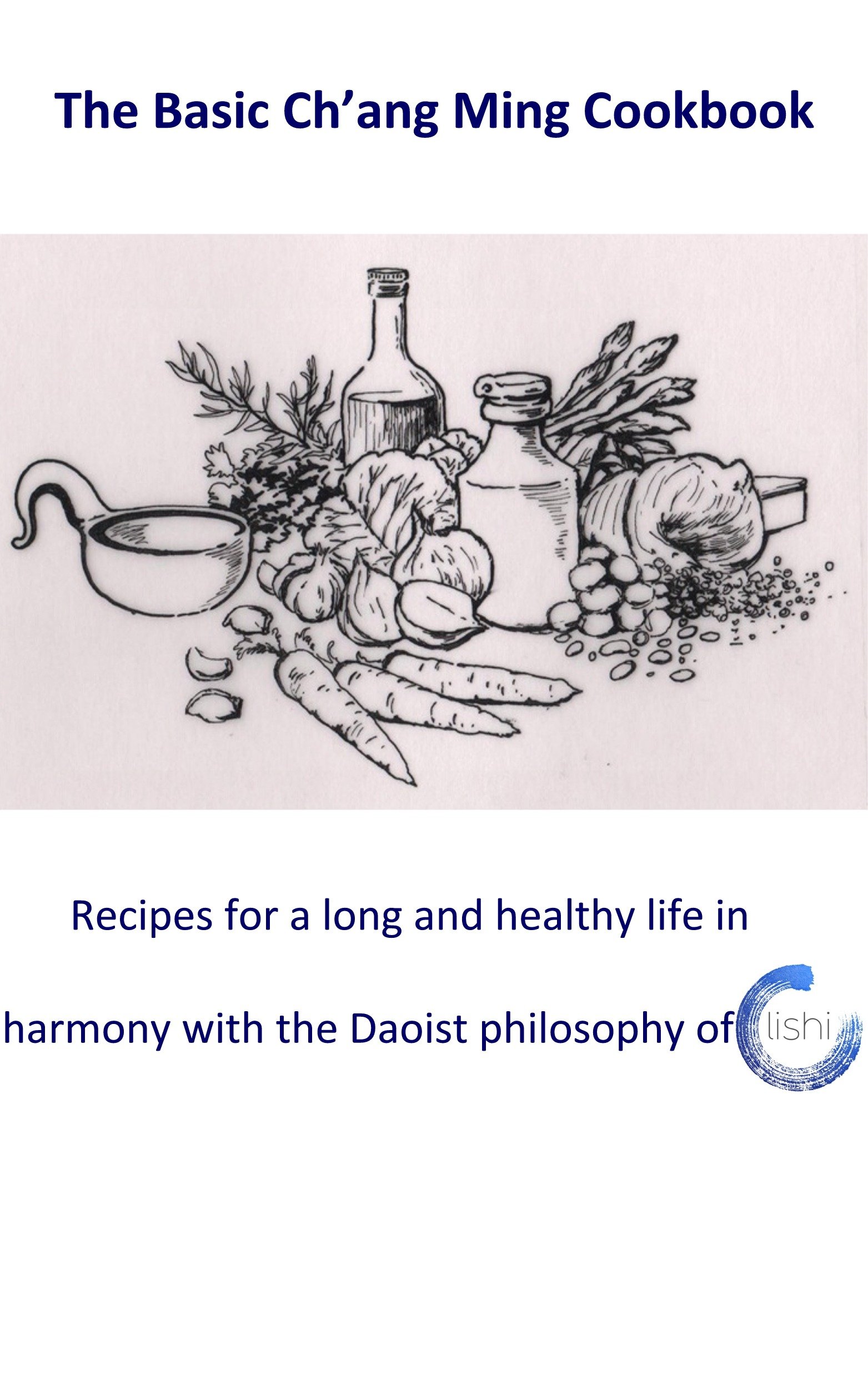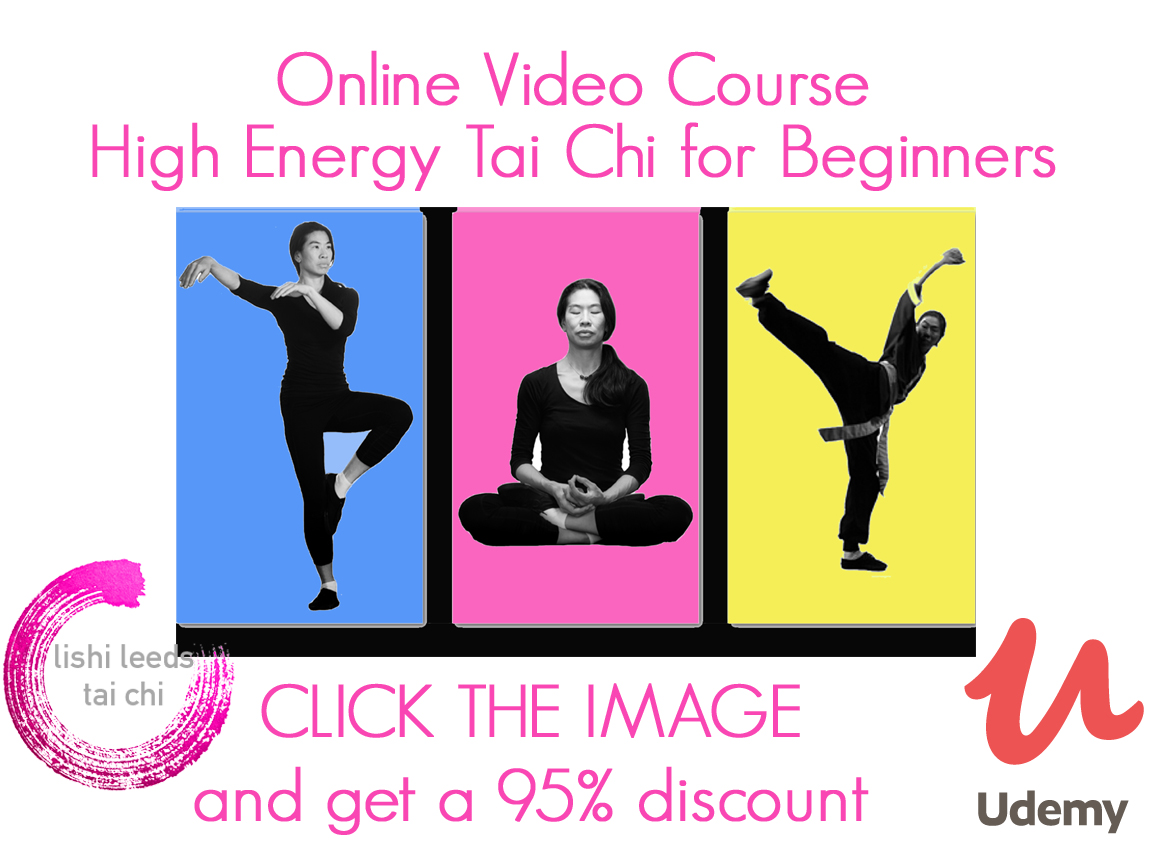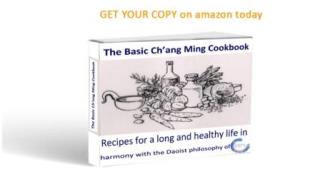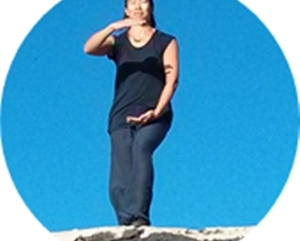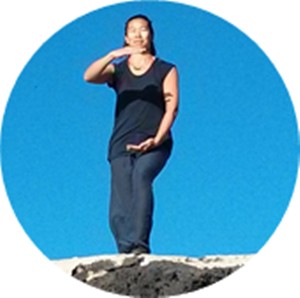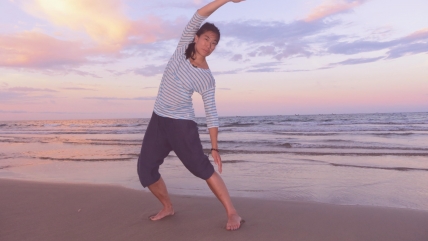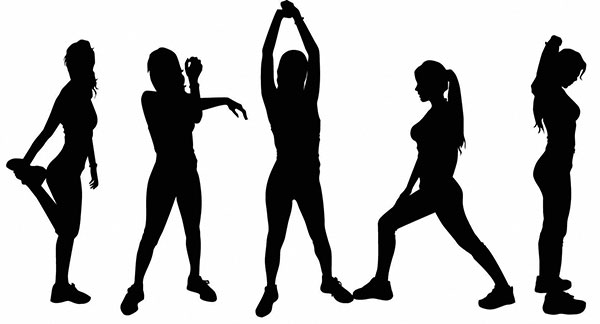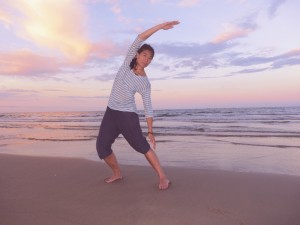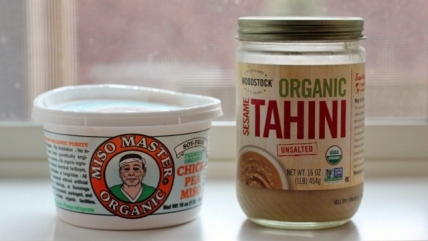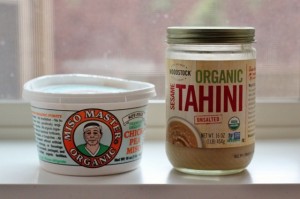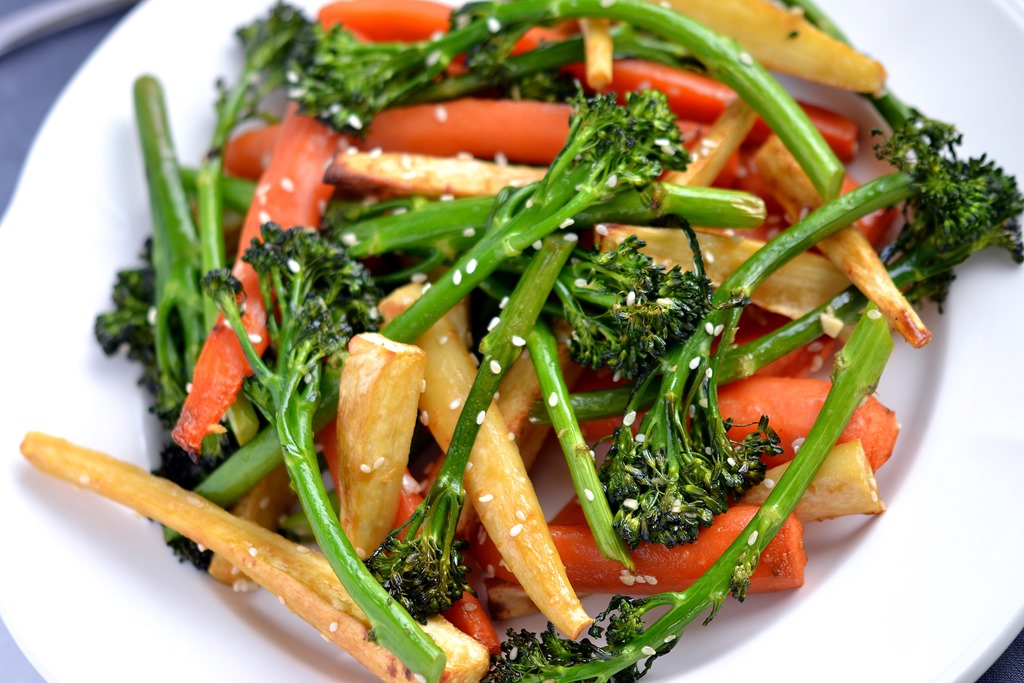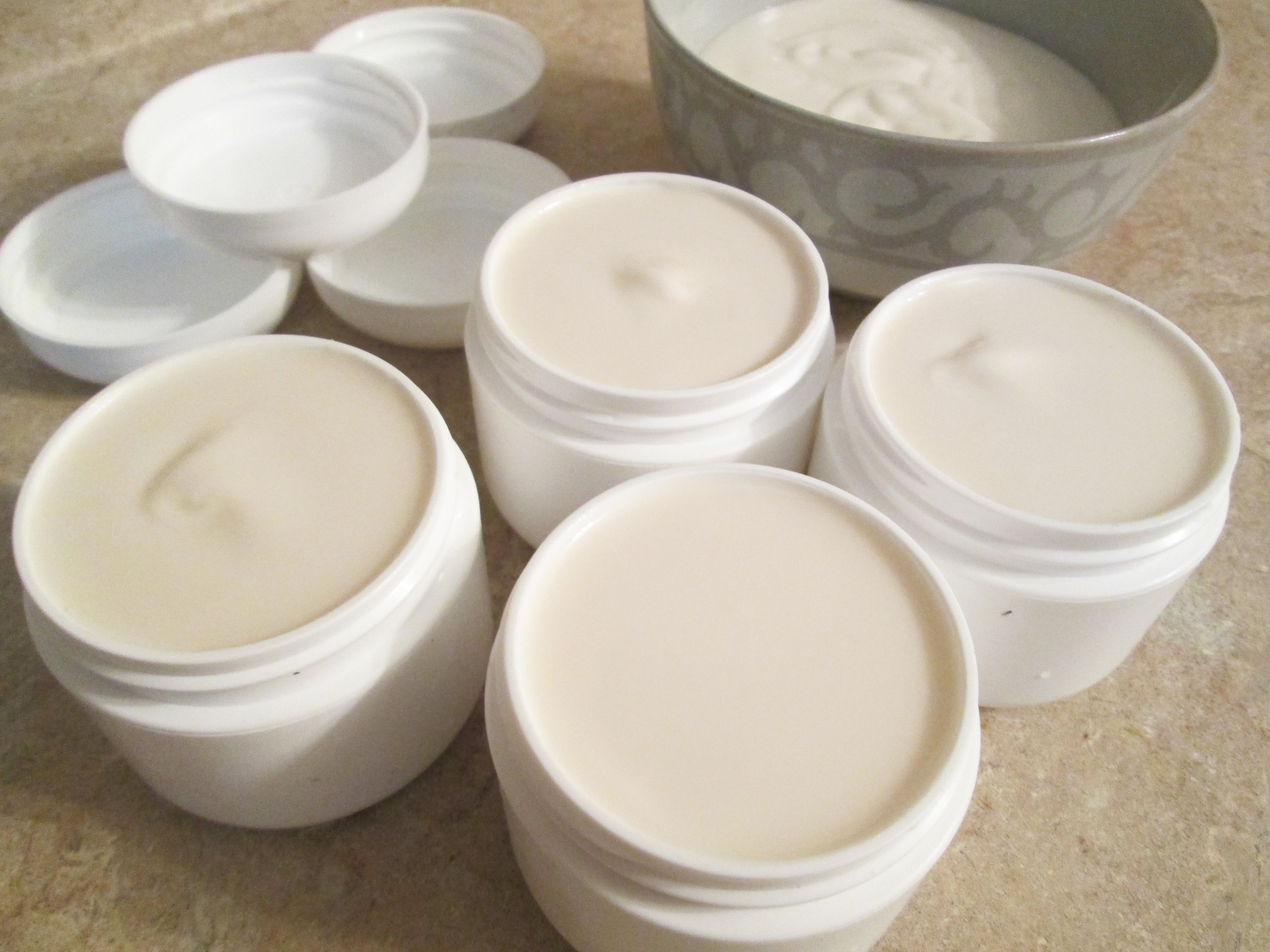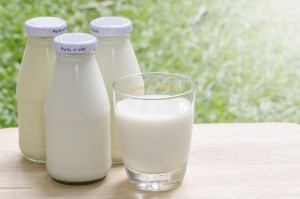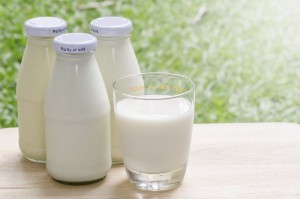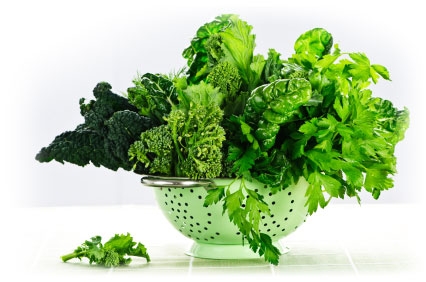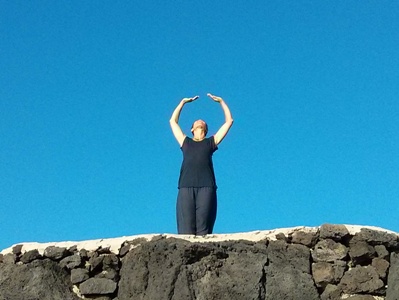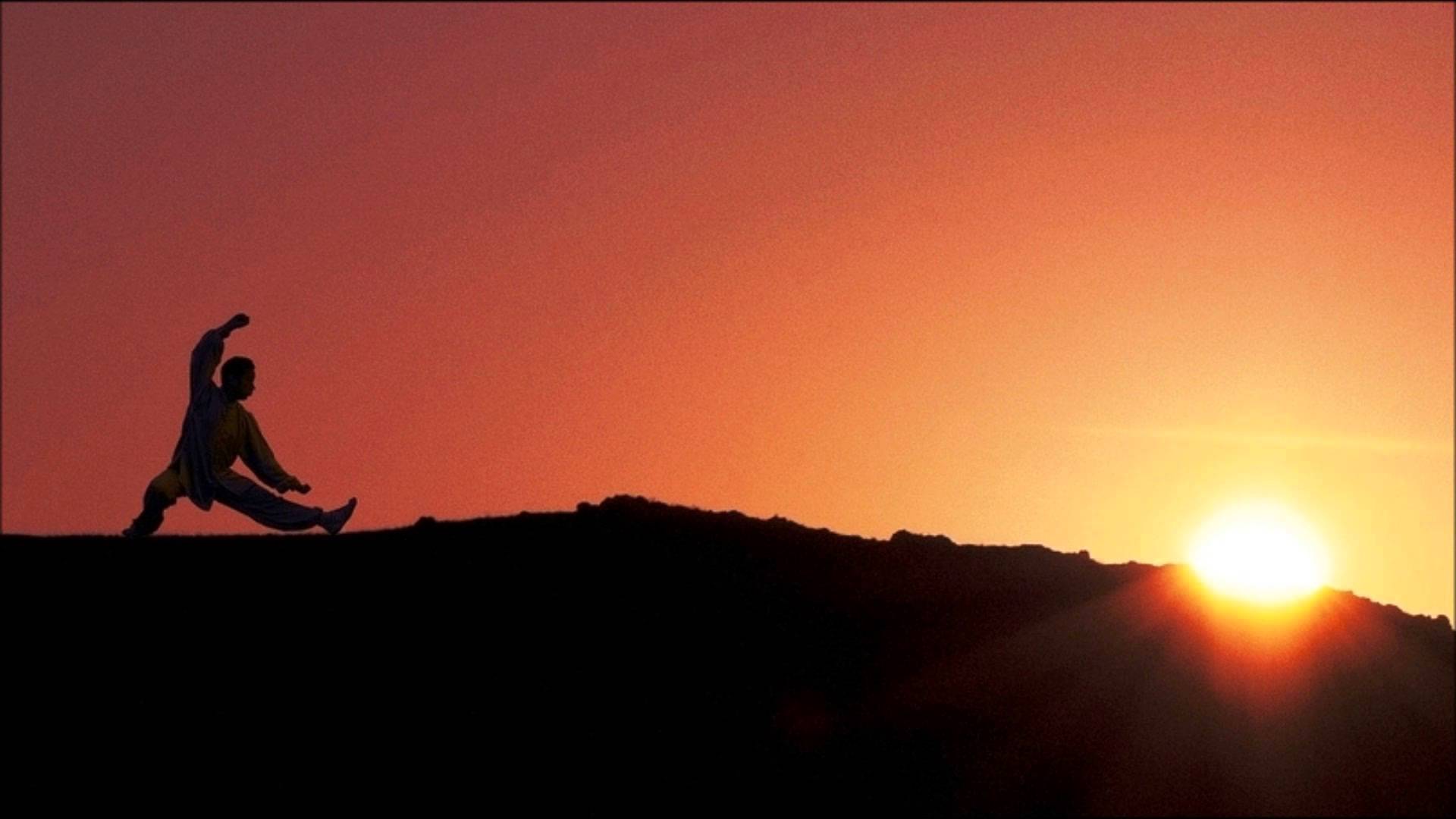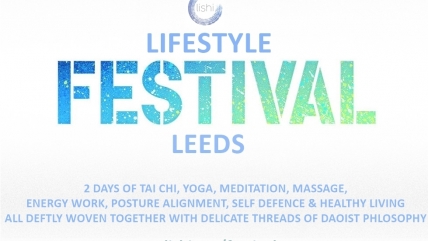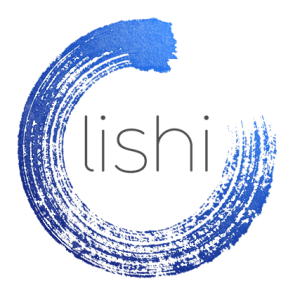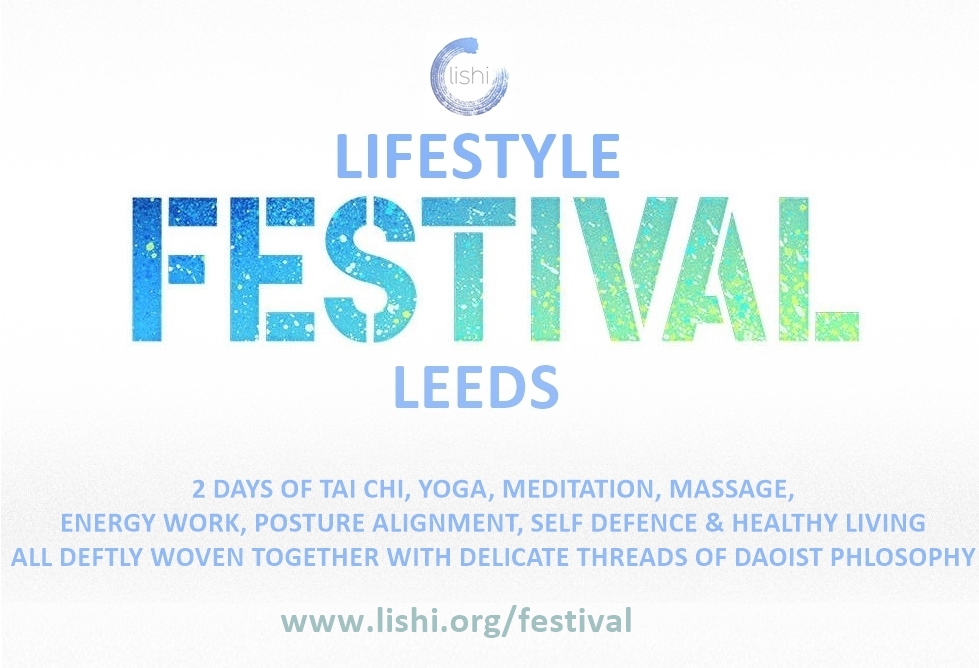Chang Ming Guide
The Chang Ming diet goes hand in hand with the Lishi practice. So here are 5 basic steps to help you follow the
- Eat lots of veggies and wholegrains – yum!
- Replace refined sugars with natural sugars
- Cut out stimulants – byebye -coffees and chocolates – and then bye bye to mood swings, bad nerves and hello better quality of sleep
- Don’t drink when you eat – wait until after your meal to drink. This ensures better digestion and that you are not diluting your stomach acids.
- Eat until you are 80% full – then stop….learn to listen to your body and stop before you are bloated. It takes about 20 minutes for your brain to register the signals from your stomach that you are full. SO if you eat until you are full, then you are likely to feel too full
Recipes
Search my blog for Chang Ming Recipes that I post regularly or buy The Basic Chang Ming Cookbook from Amazon
